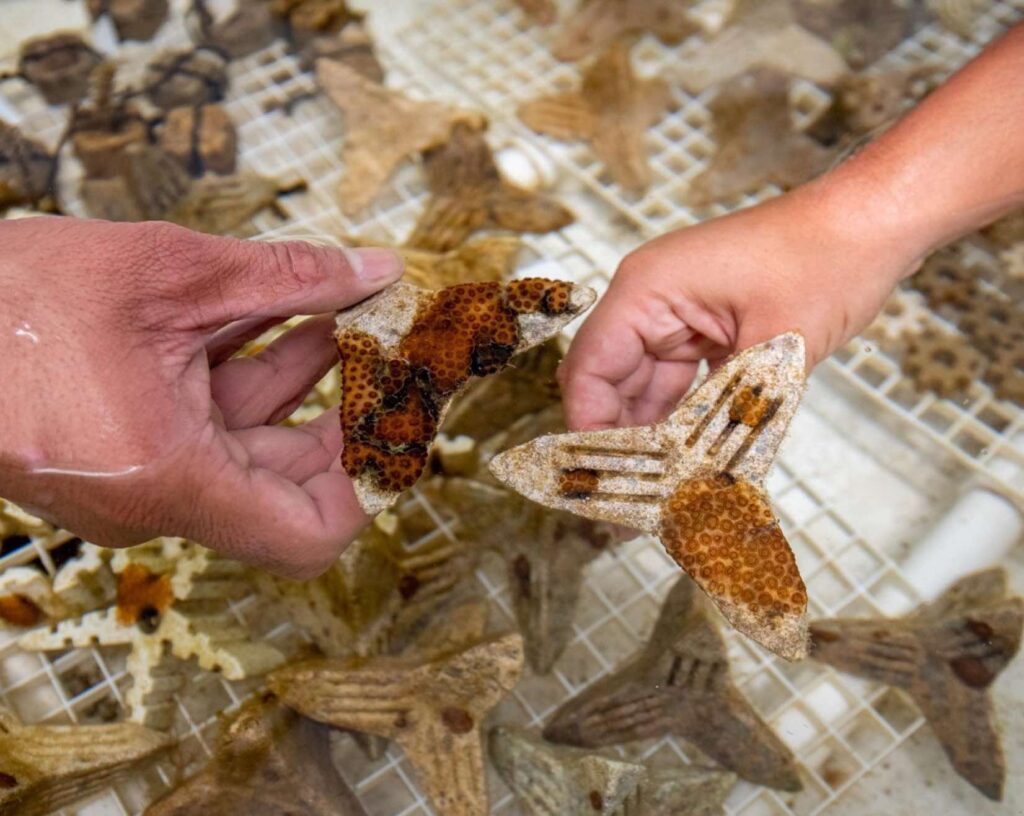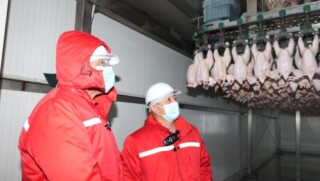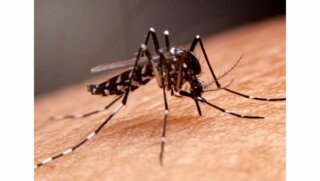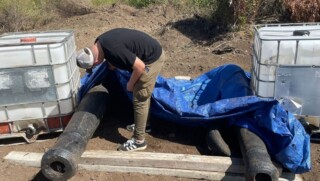Renewal Bonaire receives funding for coral restoration
KRALENDIJK – A collaboration between Reef Renewal Bonaire, SECORE International, and FUNDEMAR from the Dominican Republic will be further developed over the next three years. The three parties aim to expand the cultivation of coral larvae on Bonaire and the Caribbean islands.
Like the rest of the world, Bonaire is grappling with climate change. The rise in sea levels, Stony Coral Tissue Loss Disease (SCTLD), and ocean warming are significant issues. The latter, for example, is causing coral bleaching in Bonaire’s coral reefs. Bleaching ultimately leads to the death of the coral.
Reef Renewal Bonaire receives a subsidy
Improved collaboration among the three parties will intensify research and development in coral reef restoration. This three-year project is supported by a funding of $1.38 million from the Coral Research & Development Accelerator Platform (CORDAP), a UN subsidy program designed to accelerate global research and development in coral reef restoration. The funds will be used to optimize and develop coral cultivation techniques, including those on Bonaire.

A larvae nursery could be a solution
To address the aforementioned issues, Reef Renewal Bonaire is actively working on solutions. Planting and growing corals is one way to protect coral reefs. Another development involves coral development using the sexual reproduction of corals. “Expanding our larval cultivation activities in Bonaire can be one of the solutions to develop new corals. We cultivate the larvae and provide them with a suitable place to settle. The ultimate goal is to make the reef stronger and more resilient,” says Caitie Reza, responsible for communication at Reef Renewal Bonaire.
A kind of boat with larvae is then placed above a coral reef. We try to establish these larvae on existing reefs. You can think of it as giving them a home. The ultimate goal is for new pieces of coral to grow as a result.
Bonaire already had a larvae nursery
A floating larvae nursery was installed at Oil Slick Leap in May 2023. A boat-like structure is placed above a coral reef. The larvae in this boat must settle on an existing reef. They are, in a way, searching for a new home. The boat provides a protective environment. The larvae search under the boat for a spot on a star-shaped ceramic substrate. In other words, this is a kind of ‘star’ to which they cling.
This nursery was eventually used for a few weeks during the ‘spawning season.’ The test ensured that from April 2024, when a new spawning season begins, more of these nurseries will be visible in the waters of Bonaire. Reza explains, “We are very pleased with the subsidy. With the money, the three parties can collaborate more intensively in the areas of research and implementation for coral restoration. We hope that Bonaire’s reefs will become healthier, stronger, and more biodiverse as a result.”














